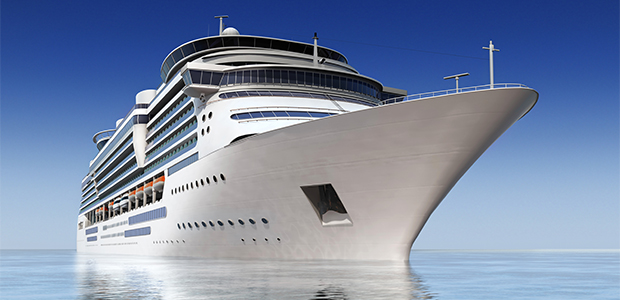
Gigantic Size of New Cruise Ships Worries Safety Professionals
The unmatched size of recently built cruise ships -– which already skate by on safety inspections -– worries many in the safety industry.
Safety concerns over large cruise ships have been common during the past few years—both the Costa Concordia sinking and the fire on the Carnival Triumph permeated news sources for weeks. Incidents such as this, coupled with the ever-increasing size of cruise ships, have caused concern in the safety community.
According to an article from the Boston Globe, cruise ships are growing in size, and they're growing exponentially. The largest ship went from 46,000 tons in 1985 to 140,000 tons in 1995 and to 225,000 tons today. (For reference, the largest ship today weighs roughly the same as a Nimitz-class aircraft carrier.)
According to the Globe, the most important concern for safety experts, lawmakers, and regulators is the size of today's cruise ships. A consultant for the NTSB stated that "cruise ships operate in a void" in terms of oversight and enforcement. And though the industry has been fortunate with minimal safety checks until now, cruise ship manufacturers shouldn't get too comfortable.
Overly large cruise ships that don't receive enough safety inspections give rise to several concerns. Can they probably evacuate an enormous group of people at sea? Are there enough emergency options?
Some steps have been taken to increase safety precautions on large ships. Recently, U.S. Senator John D. Rockefeller IV, D-W.Va., called for legislation that would improve federal oversight of safety procedures on cruise lines. After the Carnival fire, Carnival promised to outfit its ships with improved safety operations. A 2010 global regulation mandated that new ships must have redundant systems to allow them to turn to port in any emergency; however, only about 10 ships have built the systems since 2010.